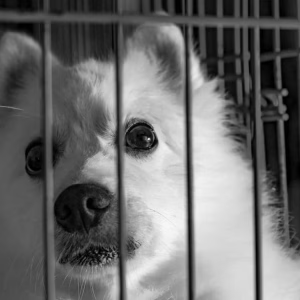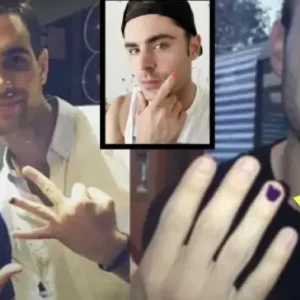Most of us recognize Starbucks’ siren as the iconic green figure who tempts coffee enthusiasts into her stores, enticing them with the promise of rich aromas and perfectly brewed beverages. But beyond her role as a symbol of indulgence, the siren harbors subtle details that make her charmingly imperfect.
Starbucks began its journey in 1971 as a small coffee bean retailer in Seattle’s Pike Place Market. The founders wanted a name and logo that reflected the adventurous, seafaring spirit of early coffee traders. After toying with names like “Pequod,” from Moby-Dick, they chose “Starbucks,” inspired by the first mate in Herman Melville’s novel. This maritime theme led to the creation of the twin-tailed mermaid, or siren, as the logo, representing the allure and mystery of the sea.
“It’s the siren. She isn’t real, but we think of her as a symbol of who we are,” explained Steve Murray, a creative director at Starbucks. “She’s not just a mermaid—she’s a super mermaid. A mermaid with one tail is just a regular mermaid. (No offense, Ariel.)”
The Siren’s Evolution
When the siren debuted in 1971, she appeared in a brown, monochrome design with exposed breasts, reflecting earthy coffee tones and evoking a sense of boldness. But as Starbucks expanded in 1987, the logo received a refresh. The siren’s color shifted to vibrant green, symbolizing growth and freshness, and her hair was adjusted to cover her chest, aligning with changing societal norms and giving her a more approachable appearance.
By 1992, as Starbucks became a household name, the logo underwent another transformation. The siren’s face took center stage, with her body cropped out, leaving only the tips of her twin tails visible. This design made the logo more recognizable and intimate.
In 2011, Starbucks marked its 40th anniversary with a bold minimalist redesign. The company name was dropped from the logo, leaving the siren as the sole brand ambassador. This change reflected Starbucks’ expansion beyond coffee, embracing a variety of products and experiences.
Adding a Human Touch
As part of the 2011 redesign, the siren’s face received subtle refinements, making her appear more human and relatable. A deliberate asymmetry was introduced to her design—though the logo seems symmetrical at first glance, the slight imperfection adds warmth and character.
“She couldn’t be perfect, like a plastic Barbie doll,” Murray explained. “She needed a subtle flaw to feel approachable and inviting, like someone you’d want to meet.”
This nuanced detail reinforces the siren’s role not just as a brand symbol, but as a figure that embodies humanity, connection, and the imperfections that make us all unique. Next time you sip your coffee, take a closer look—you might just notice her subtle charm.
Global Creative Director Connie Birdsall revealed to Fast Company that the design team wanted to reintroduce a sense of “humanity” into the siren’s face. “The imperfection was key to making her truly successful as a brand mark,” she explained.
Design partner Bogdan Geana elaborated on the process, saying, “In the final design, the face has a slight asymmetry. There’s more shadow on the right side, which makes her feel more human and less like a perfectly cut mask.”
The Siren Today
The current Starbucks siren features subtle asymmetries that aren’t immediately obvious but give her a more relatable and approachable look. Look closely, and you’ll notice the extra shadowing on the right side of her face. Her right eyebrow is slightly longer, and her nose dips lower on the same side.
Now that you know, can you spot it?
The Starbucks logo is much more than a green circle with a two-tailed mermaid—it embodies the brand’s journey, values, and connection with its customers. The next time you grab your coffee, take a moment to admire the history and thoughtfulness behind this iconic symbol.
What do you think of the story behind the siren? Share your thoughts, and don’t forget to pass this along to your friends—we’d love to hear their perspectives too!




